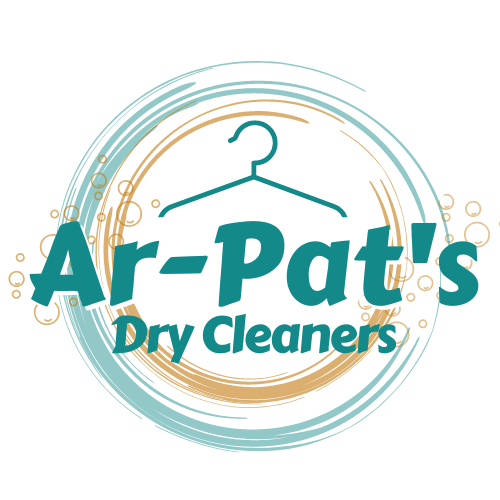Wet Cleaning vs. Dry Cleaning: Choosing the Right Fabric Care Method
Wet Cleaning vs. Dry Cleaning: Choosing the Right Fabric Care Method
Introduction
When it comes to caring for your delicate and valuable garments, two primary methods stand out: wet cleaning and dry cleaning. Each technique has its benefits and considerations, making it important to understand the differences between them. In this article, we'll delve into the nuances of wet cleaning and dry cleaning, helping you make informed decisions about the best fabric care approach for your clothing.
Wet Cleaning: The Gentle Alternative
Wet cleaning is an environmentally friendly method that uses water, specialized detergents, and equipment to clean garments. Unlike traditional dry cleaning, wet cleaning avoids the use of harsh chemicals, making it a great choice for sensitive skin and the environment. It's particularly effective for removing water-based stains and odors, ensuring your clothes emerge fresh and clean.
Advantages of Wet Cleaning:
Gentle on Fabrics: Wet cleaning is suitable for delicate fabrics, wool, silk, and garments labeled "dry clean only."
Environmentally Friendly: It uses biodegradable detergents and reduces the use of chemical solvents, making it eco-conscious.
Safe for Sensitive Skin: Wet cleaning minimizes exposure to chemical residues, making it a safer option for those with allergies.
Considerations:
Shrinkage: Some natural fibers like wool may still experience shrinkage if not handled properly.
Color Fastness: Wet cleaning may impact the color of certain fabrics, so testing is recommended.
Dry Cleaning: Precision with Solvents
Dry cleaning involves cleaning fabrics with chemical solvents instead of water. The process begins with treating stains, followed by immersion in a solvent, and ends with drying and pressing. Dry cleaning is known for its effectiveness in removing oil-based stains and preserving the shape and texture of delicate garments.
Advantages of Dry Cleaning:
Stain Removal: It excels at removing oil-based stains, such as grease and makeup.
Texture Preservation: Dry cleaning maintains the texture and quality of fabrics.
No Water Damage: Suitable for garments that can't withstand water exposure, like leather and suede.
Considerations:
Chemical Use: Traditional dry cleaning involves chemical solvents, some of which can be harmful to the environment and potentially cause skin irritation.
Perchloroethylene: A common solvent used in dry cleaning, it has raised environmental concerns and health risks.
Making the Right Choice
Choosing between wet cleaning and dry cleaning depends on factors like fabric type, garment care label instructions, and the nature of stains. If your clothing carries "dry clean only" labels or has oil-based stains, traditional dry cleaning may be more suitable. Conversely, wet cleaning is excellent for everyday garments, sensitive skin, and environmentally conscious individuals.
Conclusion
Wet cleaning and dry cleaning offer distinct advantages in fabric care. Whether you opt for the gentle approach of wet cleaning or the precision of dry cleaning, it's crucial to align your choice with your clothing's needs and your own preferences. Always consult with professionals who specialize in fabric care to ensure your garments receive the treatment they deserve, maintaining their quality and longevity.

